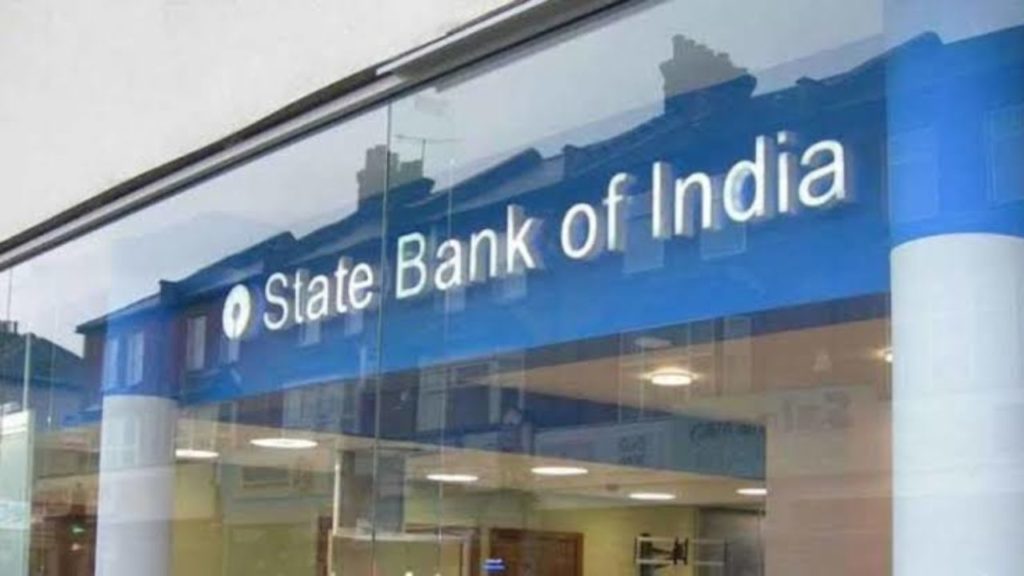SBI Customers Can Get Assured Rs 10,000 Every Month With This Scheme (Interest Rate, Rules)

Customers of SBI have a great scheme initiated for them by the national lender. The scheme reportedly assures Rs. 10,000 every month to the customers.
How is this possible? Read on to find out all the details about this new scheme introduced by the SBI right here!
State Bank of India Introduces New Scheme; Get Rs. 10,000 Per Month
Under the scheme of the State Bank of India, a customer can invest in the scheme for a period of 36, 60, 84, or 120 months. That means that if you make a fund deposit for five years, you will get the interest only as per the interest rate that is applicable to the fixed deposit of five years.
This scheme is available for everyone and anyone can take advantage of this scheme.
How to get a monthly income of Rs. 10,000? If an investor wants a monthly income of Rs. 10,000, they will have to invest a deposit of Rs. 5,07,964. On the amount that is deposited, the investor will get a return at the interest rate of 7 percent, which is around Rs. 10,000 per month.
What Rules Should Be Followed To Get Rs. 10,000 Per Month?
If you are capable of investing more than 5 lakh, and you want to increase your income in the future, then this would be a good option for you.
There are a few rules that need to be followed to avail of this scheme. A minimum of Rs. 1000 can be deposited in the SBI annuity scheme every month. The interest starts on the amount deposited by the customer after a fixed time in annuity payment.
However, while this is a great scheme, there is less possibility that the middle class would be able to raise so much money together.
However, middle class people do not possess lump sums and a majority of them trust recurring deposits rather than investing in annuity schemes. The amount is collected through small savings in RD and are then returned to the investor with the applied interest.

Comments are closed, but trackbacks and pingbacks are open.